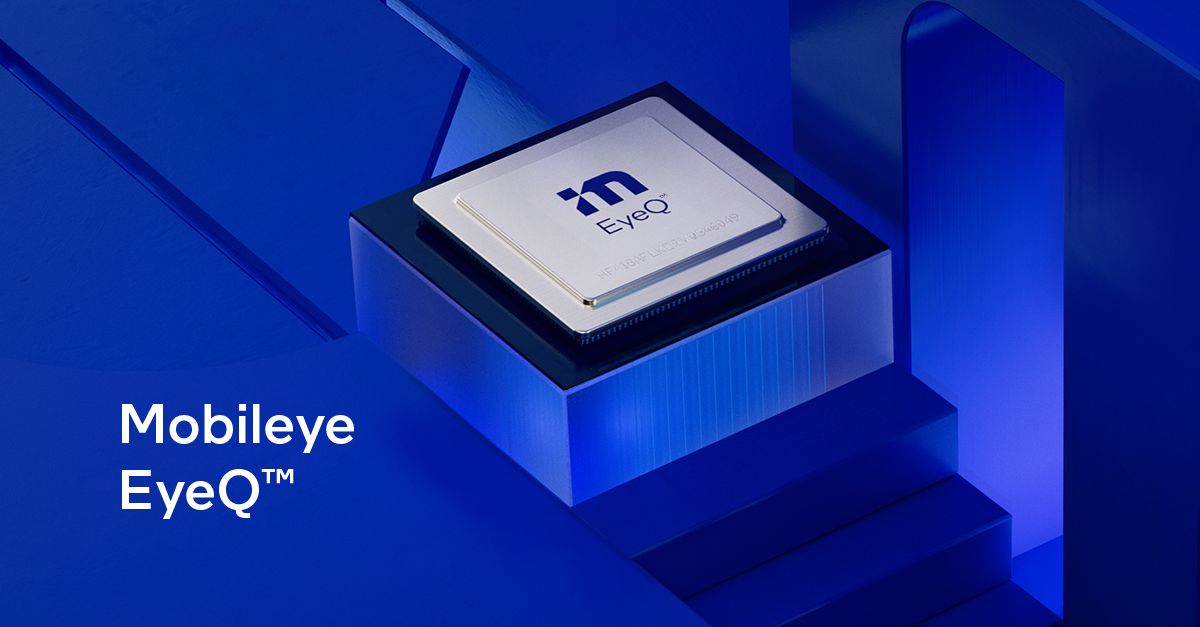Intel's Stratix 10 DX FPGA brings PCIe 4.0, Optane persistent memory and cache-coherency via UPI to the Stratix 10 series.
Intel Stratix 10 DX Introduces PCIe 4.0, Cache-Coherency via UPI : Read more
Intel Stratix 10 DX Introduces PCIe 4.0, Cache-Coherency via UPI : Read more


